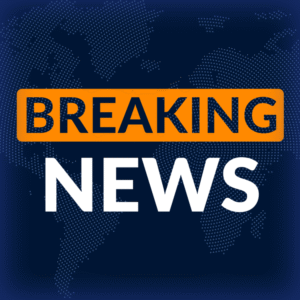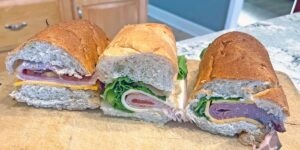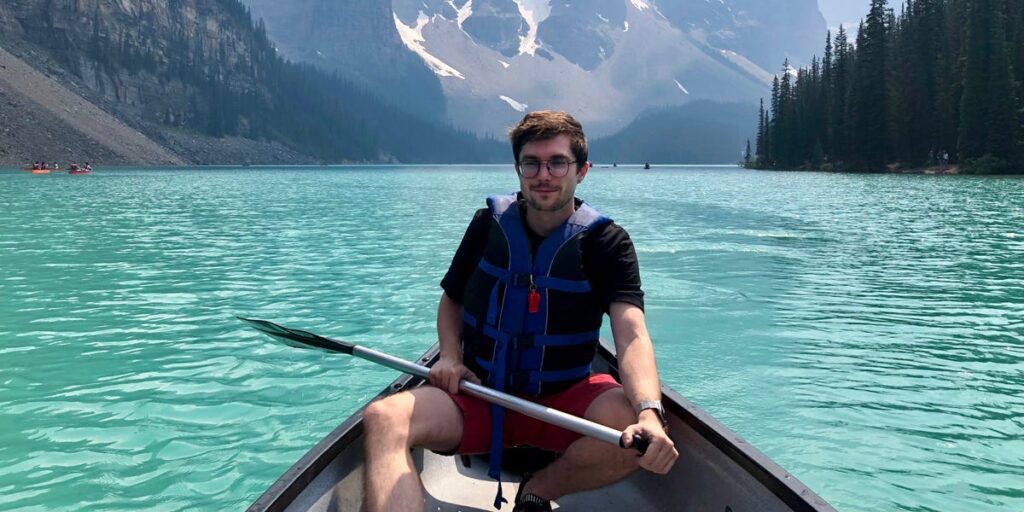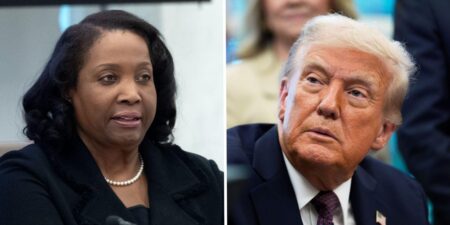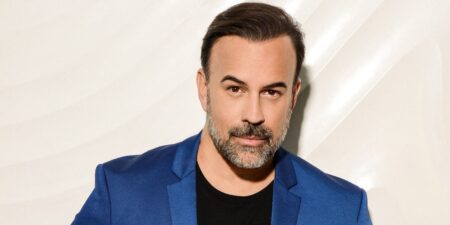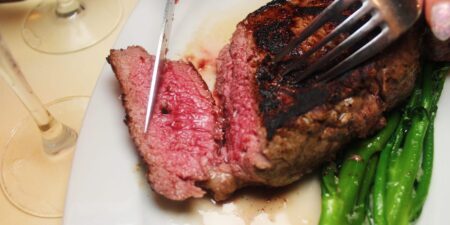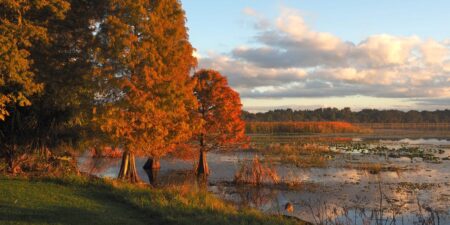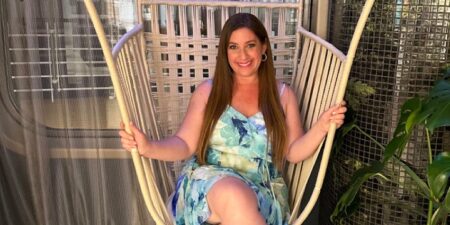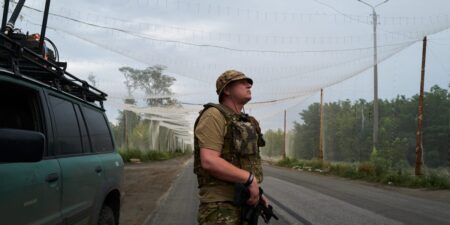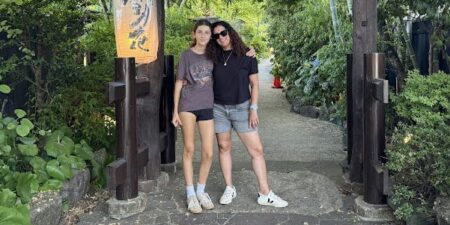This as-told-to essay is based on a conversation with Sasha Ivanov, founder of Maple Scan. Ivanov, based in Alberta, Canada, has a master’s degree in computer science and is an app developer who studies human-technology interactions.
It all came from a really personal moment.
Back in February, I was at home watching the news when I saw Trump’s announcement about tariffs being imposed on Canadian goods — and I felt attacked.
I remember thinking, “I’m going to try to start buying Canadian, to support the economy here and the country,” but I quickly realized how hard it is to really know what you’re buying.
I was going through my pantry, grabbing my ketchup, and trying to look up if it was Canadian or not. I had to look through all its ingredients, then I had to search online for a substitute. It was slow, annoying, and just not scalable.
With my background in app development and human-computer interaction research, I quickly decided to build an app that could help solve this conundrum.
That weekend, I spent a few days building the first prototype. And a week later, I launched Maple Scan.
Maple Scan focuses on informed decisions
When people first hear about the app, they think it will just tell them whether something is Canadian or not and recommend an alternative. But our approach is different because that question is nuanced.
Once you download the free app, you can take a photo of any product with the in-app camera. The AI-powered image recognition in the app will then read the label and search for information online and in our database, but it won’t make a final judgment on whether a product is Canadian.
Instead, it will tell you about the ingredients, ownership, where it’s manufactured, and how many people are employed there. The app surfaces all those different pieces of information so you can make a decision on your own. We don’t want to make that judgment for you — we just want people to be informed.
For example, the app can distinguish between “Made in Canada” and “Product of Canada,” which are two different things based on how many of the ingredients come from here. It also includes ownership information, like whether it’s a Canadian-owned brand or a subsidiary of a foreign company. It’s about giving context, not just a label.
Building a community around conscious purchasing
Honestly, one of my favorite parts of this whole journey has been the community that’s grown around it.
Maple Scan started as a solo project, but the support that came in almost immediately was beautiful.
University colleagues, people across Canada, and even total strangers reached out and said they wanted to help with this project.
Now, we have a group of volunteers with expertise in everything from social media marketing to food industry regulations, as well as mentorship, engineering support, and networking help.
All the support has been absolutely crucial to the app’s growth. For example, people in the food industry have helped explain how long it takes for packaging to reflect a product’s sourcing, sometimes months. So, when a company might not have a “Made in Canada” label yet but actually does source from Canada, Maple Scan can help bridge that gap and surface that information sooner.
We’ve had over 110,000 downloads in just a few months, and there’ve been over 550,000 individual scans to date. When it first launched, it made it to number 6 on the Canadian App Store. And with the recent announcements of more tariffs potentially coming, it’s trending again.
Maple Scan is constantly adding new features
When we launched, we also saw Maple Scan downloads in Mexico in parts of Europe. It turns out that people around the world want to understand who owns the products they buy and where they’re made.
Though our focus remains on Canada for now, we’re working on new features. One of our goals is to help people buy things in line with their values and save money while doing it. We know it’s a privilege to shop based on principle, and local products can cost more. So we want to help people make those choices without it costing them extra.
We are constantly evolving. One of the coolest things we added later on was hyper-local recommendations. So if there’s a soda company in your own city, it might say, “Hey, look, there’s this soda company here. Just get that.”
Another feature we added is fun messages that pop up while the app scans products, like “Checking if it can survive a Canadian winter” or “Scanning for hidden maple syrup.” Many people have told me that’s their favorite part of the app.
The tariffs are definitely a wake-up call for Canada that we can’t be overly dependent on one trading partner. But it sends a powerful message when we see people try new products and form new economic relationships. People tell me they have found such great Canadian alternatives that they’re happy to stick with them. Once those habits shift, they can be hard to undo even if tariffs go away.
Read the full article here



